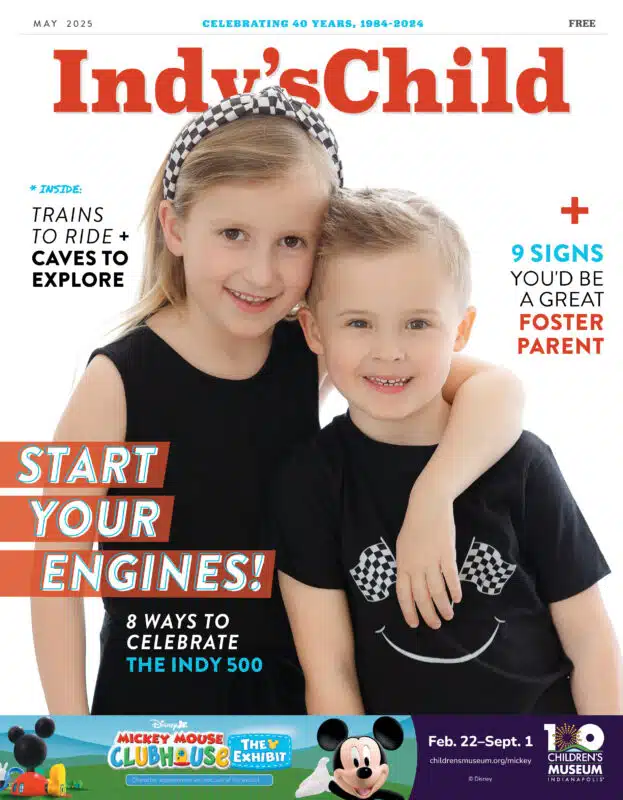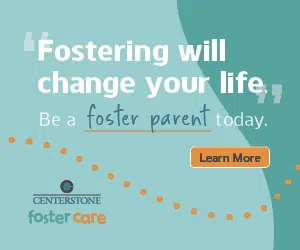Have you ever found yourself completely baffled as to why your baby is crying? If so, you’ve probably wished she had an easy way to express her needs to you. Baby sign language, used increasingly by parents and daycare providers across the country, might just provide a solution for this dilemma.
If you’re currently caring for an infant or will be soon, you may be wondering whether you should jump on the baby sign language bandwagon. We asked two local experts to weigh in on this popular parenting trend.

The basics
Baby sign language should be distinguished from American Sign Language (ASL), says cognitive psychologist Tonya Bergeson-Dana, Ph.D., co-founder of The Urban Chalkboard in Carmel. While ASL is a complete, independent language, baby sign language is normally used as a “facilitative communication device” to aid spoken English. “Parents usually use baby signs for typically-developing, hearing infants, before they’re able to use spoken communication,” says Bergeson-Dana. Children with hearing impairments, in contrast, usually learn ASL or Signing Exact English.
Baby sign language does, however, use ASL signs for individual words, says Tara Frieden, Certified Signing Time Instructor. Signs commonly introduced to young children include “mama,” “dada,” “eat,” “drink,” “more” and “help.” “Please” and “thank you” are also frequently taught. “Obviously everyone wants their kids to have good manners,” laughs Frieden. Bergeson-Dana recommends parents use spoken words in conjunction with their matching signs to help infants learn the connection between the two.
As far as timing goes, “It’s never too late and it’s never too early to start,” says Frieden. She notes that even kids who are exposed to signing as infants can’t start signing back until they develop sufficient motor control to create signs with their hands and arms, usually around nine months of age. Children will gradually stop using baby sign language as they develop verbal language. “I think a lot of kids just naturally grow out of using the signs,” says Bergeson-Dana.

Should I teach my baby to sign?
Frieden believes baby sign language offers a number of advantages. “We know that it enhances babies’ communication skills because they can often imitate the signs before they can coordinate all the oral motor movements to produce spoken words,” she says. Even for toddlers who are able to speak, signing can reduce frustration by providing them with an alternative way to communicate when they are too upset to use spoken words. Signing can also be helpful to kids with different learning styles since it prompts them to use their eyes, ears and body, Frieden says.
At this point, scientific research is inconclusive regarding baby sign language, says Bergeson-Dana. “Some people have reported language advantages or IQ advantages, but there’s very little evidence to support those kinds of claims.” She does feel however, that using signs helps increase parents’ sensitivity to their children and awareness of their feelings.
Some parents may be concerned that learning signs will discourage their child from using words. For typically developing children, Bergeson-Dana says, “From what I’ve seen, there’s very little evidence that baby signs have a negative effect on language development.” According to Frieden, learning ASL can actually provide infants with a stronger foundation for spoken language by stimulating related connections in the brain.

Getting started
If the idea of communicating with your child through baby sign language sparks your interest, you have plenty of options to explore. Bergeson-Dana says parents can start by looking for signing books at their local library and searching for relevant YouTube videos.
You can find more free video and PDF resources, plus a paid digital subscription option, at signingtimeacademy.com. Families who prefer an in-person learning experience can sign up for one of Frieden’s multi-week Signing Time classes at Superheroes LLC in Fishers.







